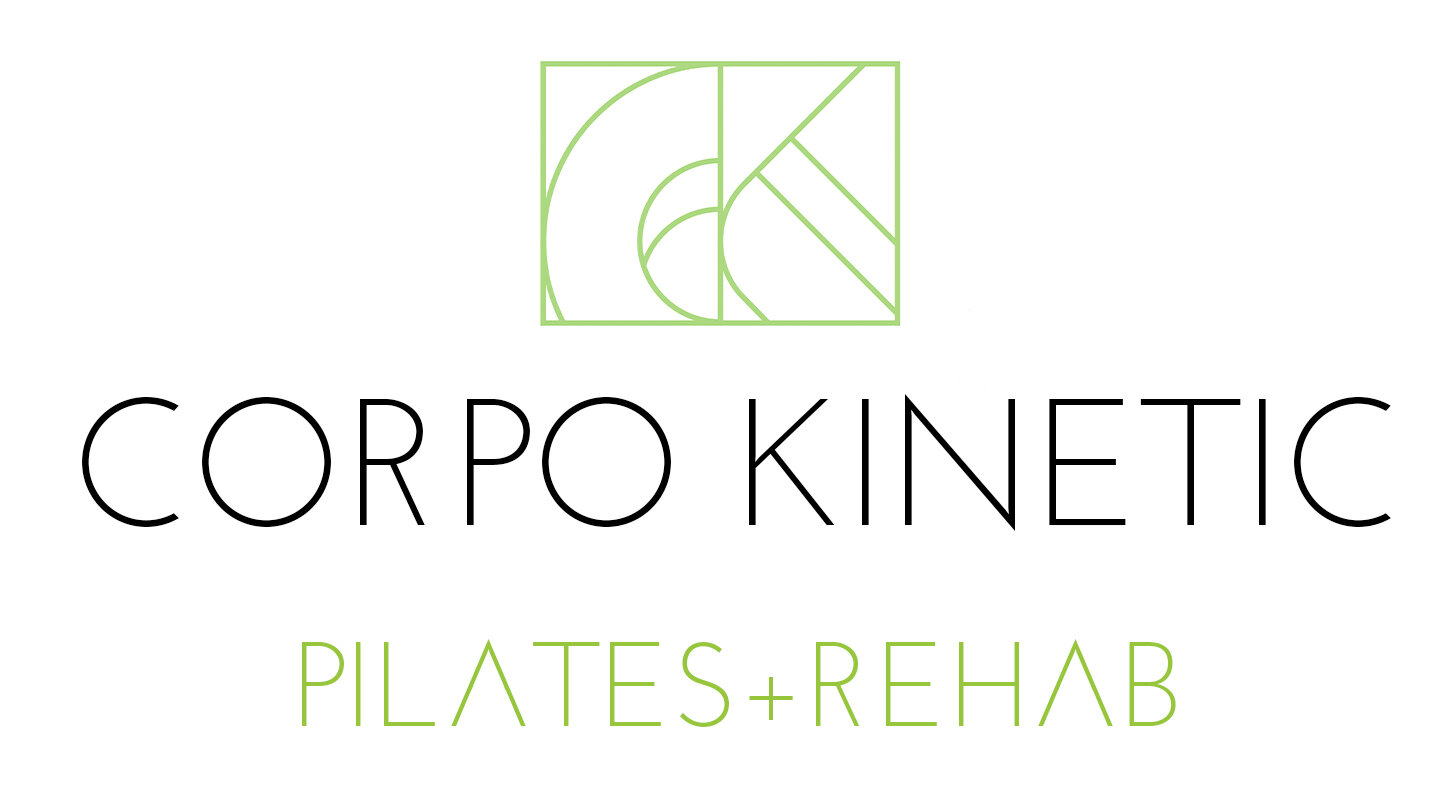Anatomy Moment: What is sciatica?
A top-down image of a vertebrae, with spinal nerve roots exiting the spinal column.
Of all the clinical conditions we work with at Corpo Kinetic, sciatica is probably one of the most well-known. Manifesting often as a literal “pain in the butt,” sciatic pain can be present in the lower back, gluteals, back of the thigh, or even into the lower leg. However, the cause of the pain is not always the same, and treatment for your sciatic pain should match the cause – not just the symptoms.
The thick cable of the sciatic nerve as it exits runs through the gluteal region and down the back of the tight.
The sciatic nerve: The sciatic nerve begins where multiple nerve roots exit the spinal cord through spaces between the vertebrae. In the lower back and sacrum, the nerve roots merge into a thick cable which makes up the sciatic nerve. This cable then runs through the gluteal region and down the back of the thigh. Around the back of the knee, the nerve splits into two branches, one which runs down the back of the lower leg in the calf, the other which runs down the side of the lower leg and wraps around to the top of the foot. The sciatic nerve is responsible for moving the muscles of the calf and side of the lower leg, and for sensation all along its pathway.
Some semantics: You may have noticed from our brief anatomical description that the sciatic nerve is long! Nerve pain can be felt if a nerve is impinged at any spot along its pathway, meaning that pain in your sciatic nerve could come from an impingement way up in the upper back, in the gluteals, in the back of the thigh, behind the knee, or even in the lower leg. However, true sciatica refers only to compression at the spinal nerve root: way back to where the nerve originates and exits the spinal column. Causes of true sciatica come from the spine, such as:
a bulging or herniated disc: the disc can press on the nerve root, causing pain
degenerative disc disease: as we age, our spinal discs can lose height, giving the nerve less space to exit the spinal column
spondyloslistheses: in some individuals, the lumbar vertebrae can slip, causing compression on the nerve roots.
What do we do about true sciatica? If you have pain caused by true sciatica, then I want to help you take pressure off the nerve roots by gaining stability and support through your low back and pelvis. Proper activation of your intrinsic core can help maintain space between your vertebrae, helping keep the discs healthy and give the nerves plenty of space. What that support, learning to move from your hip joint while stabilizing your spine and pelvis will further protect your spine and take pressure off the sciatic nerve roots. These principles are central to Pilates, and I have been amazed at the difference they have made in the lives of my clients with true sciatica.
An intermediate exercise teaching stability of the lower back and pelvis when standing.
What if I don’t have true sciatica? If you don’t have true sciatica, you may still have pain associated with the sciatic nerve – for clarity, we’ll call this “functional sciatica.” As mentioned above, that nerve can get compressed and cause pain anywhere along its pathway, and that pathway is long! As the sciatic nerve passes from the lower back, all the way to the foot, it runs alongside, over, and in some cases under or through many muscles. If these muscles are tight or not gliding properly with respect to the structures around them, the nerve may become impinged or compressed. When advanced, this type of condition can be quite painful, and you might have what we call functional sciatica.
What do we do about functional sciatica? The first step to treating functional sciatica is identifying what place (or, more often, places) along the pathway of the sciatic nerve is causing the problem. A massage therapist can use muscle testing and their experienced sense of touch to feel what structures are tightest, and then release them. Once the muscles have been released by your therapist, stretches and some home exercises using the foam roller or pinky ball can help continue to keep the muscles loose.
A stretch which releases tight muscles in the hip which can compress the sciatic nerve.
As with all pain, our goals with our clients is two fold: to first, get you to of pain and, secondly, do what we can so that that pain doesn’t come back. Once the tight muscles are released, we need to build strength in the surrounding muscles to create balanced support for the area. Depending on where the tightness was that was causing your pain, your Pilates instructor or bodyworker may recommend exercises such as:
core work to support the pelvis
bridges and glute work to balance the gluteal muscles
footwork on the reformer to build balanced quadricep and hamstring strength, or to build strength in the ankles and feet
A final note: We hope you find this information helpful and informative! If you have pain which you think may be coming from your sciatic nerve, keep in mind that while your Pilates instructor and massage therapist can assess you and treat what we find, only a doctor can give you a diagnoses. Please see a doctor if your pain is severe and book an appointment with us to help you get out of pain and back to your life.
Let’s Move!
Book a group class or private session to use what you’ve learned:





